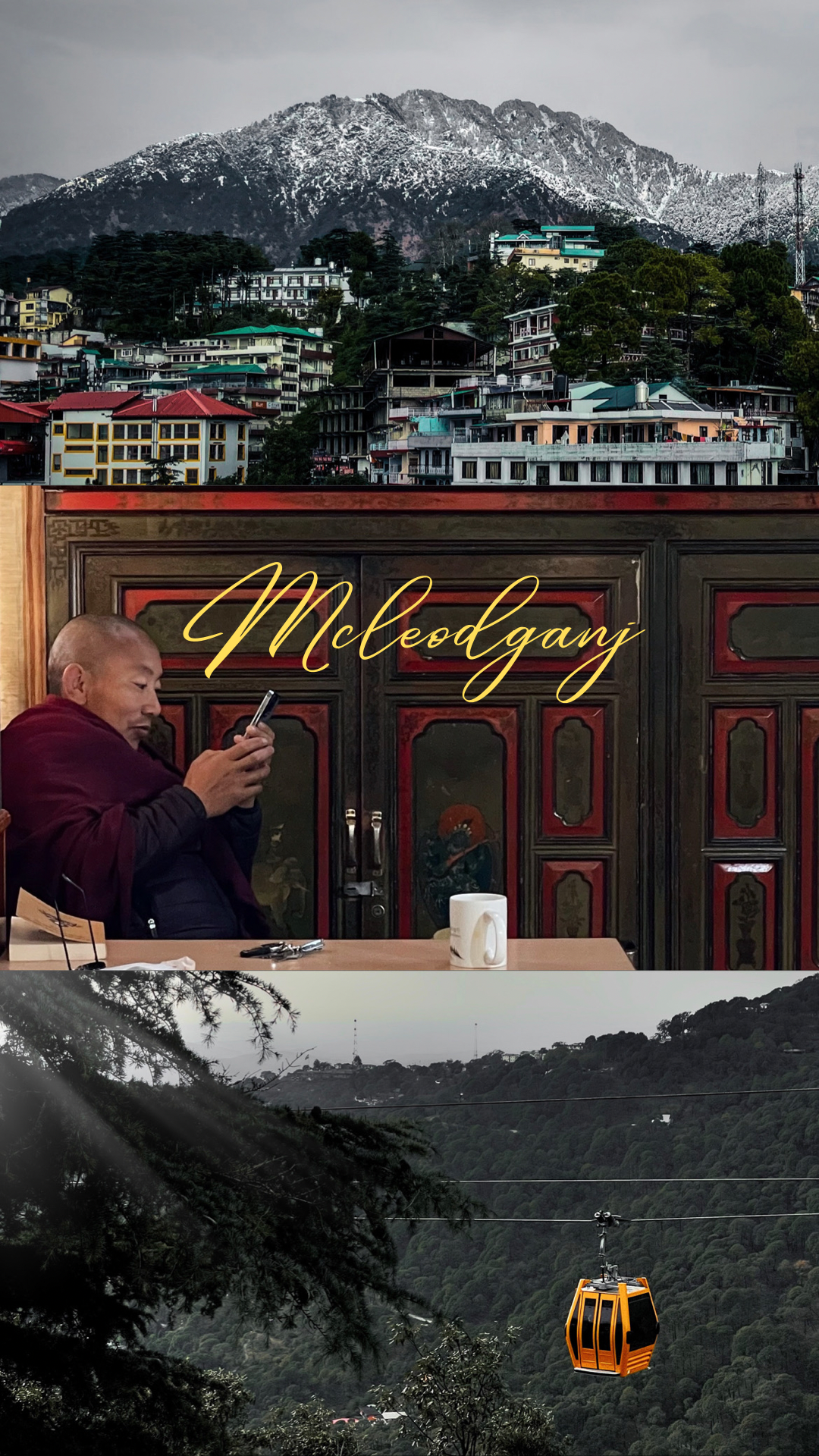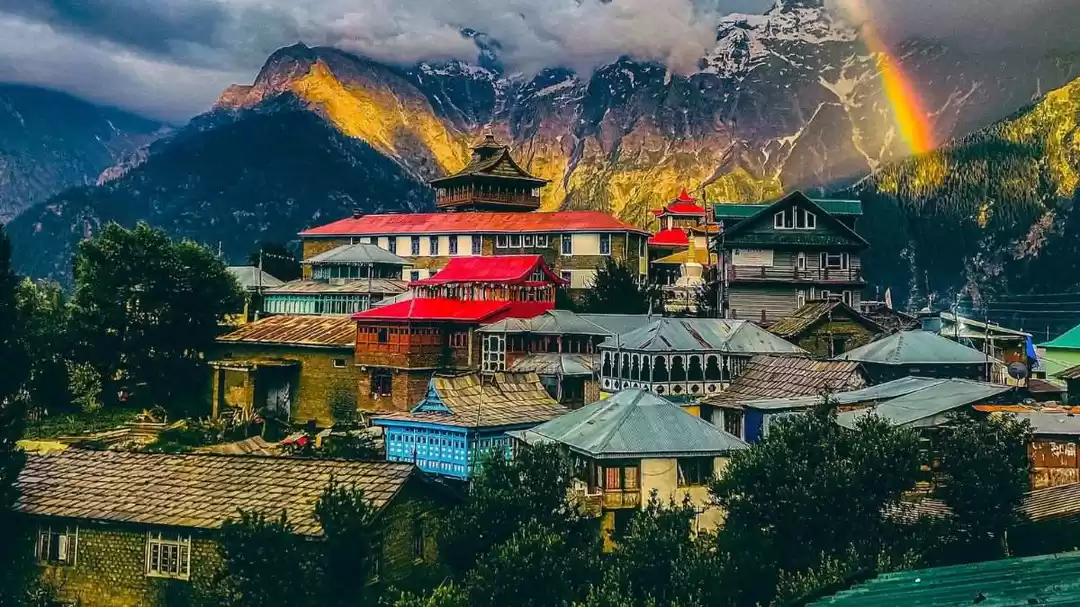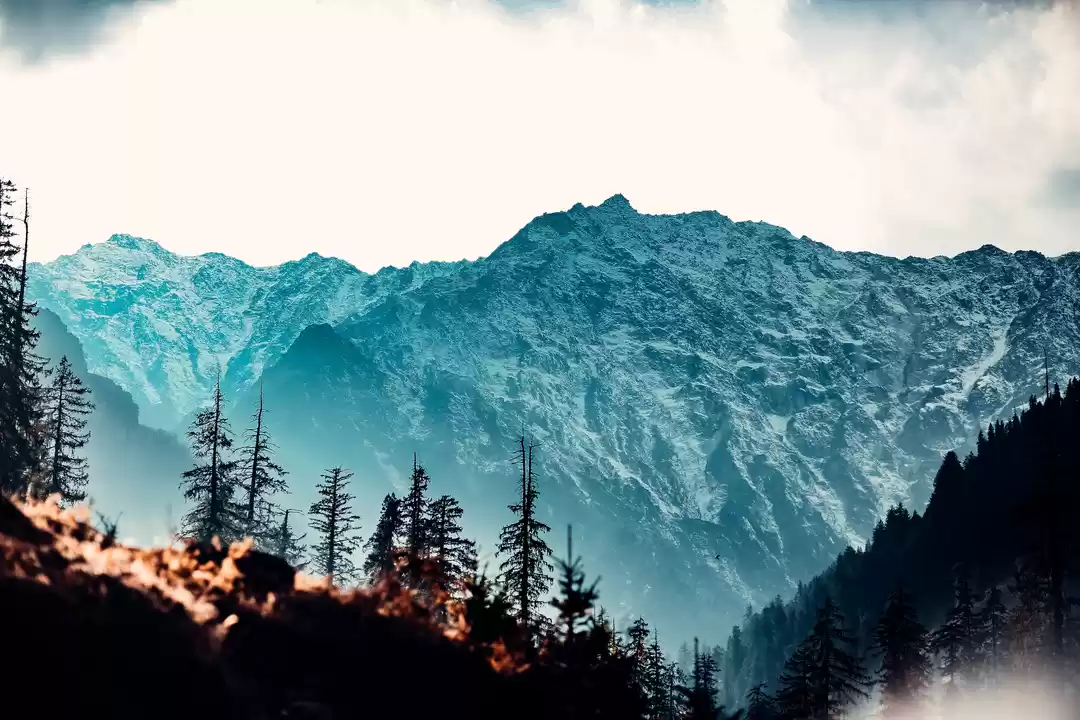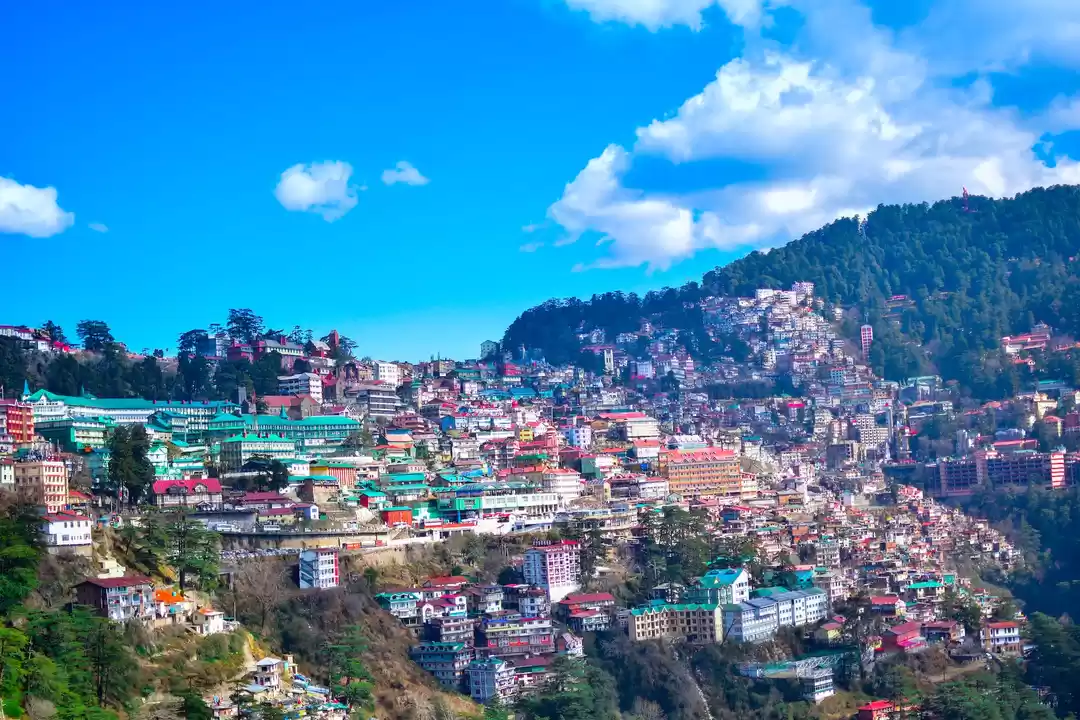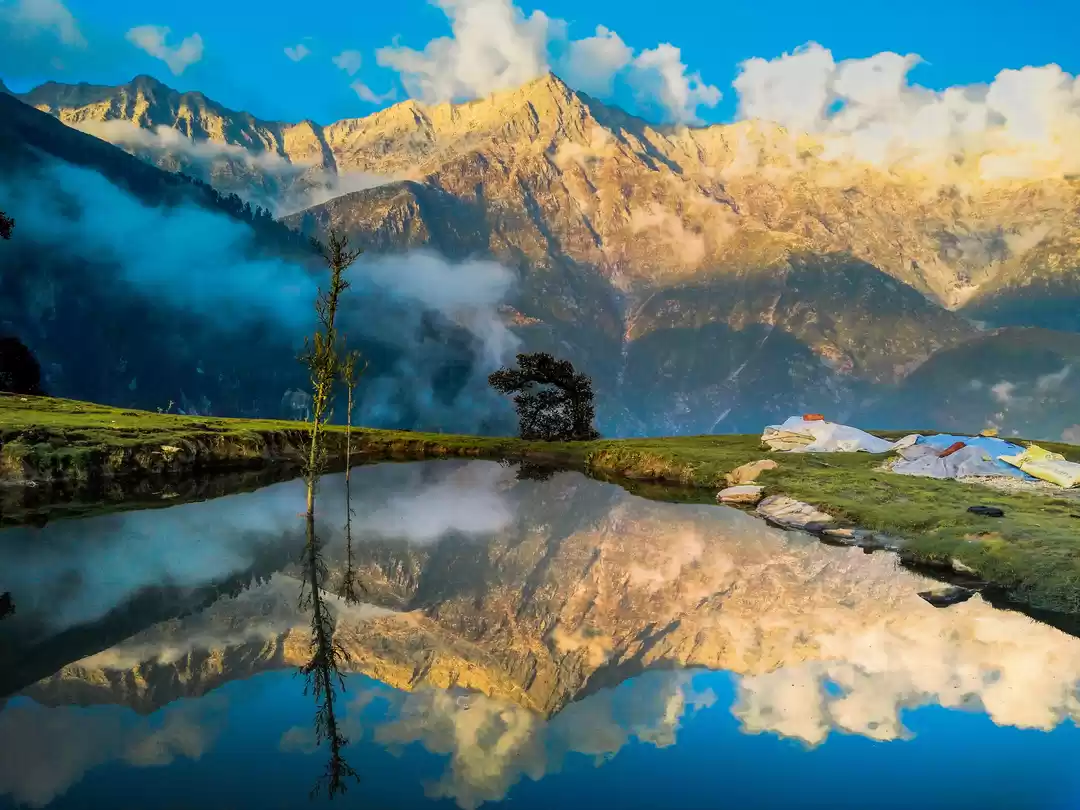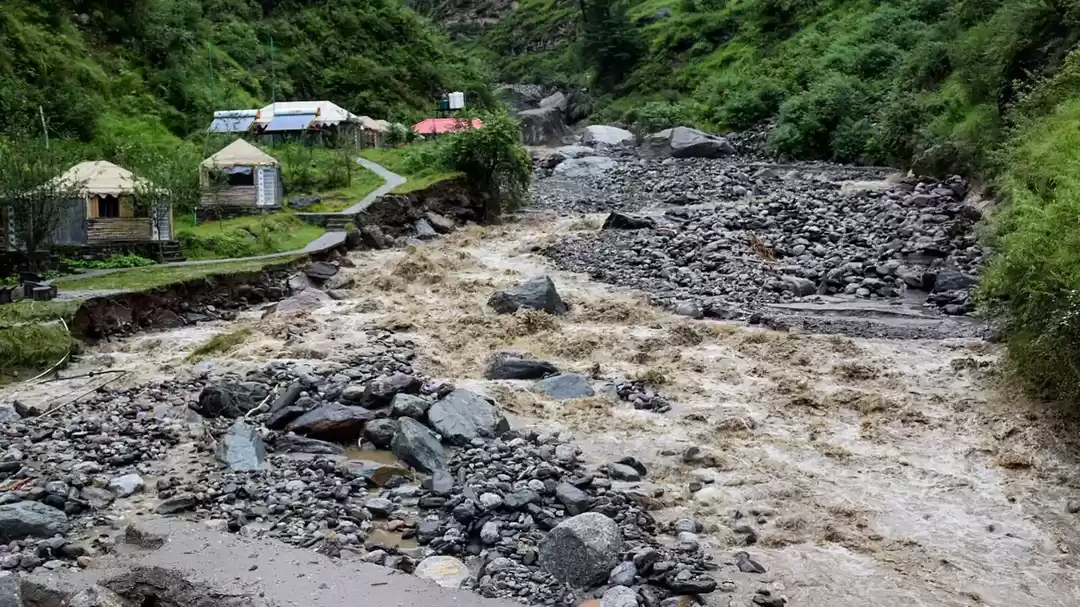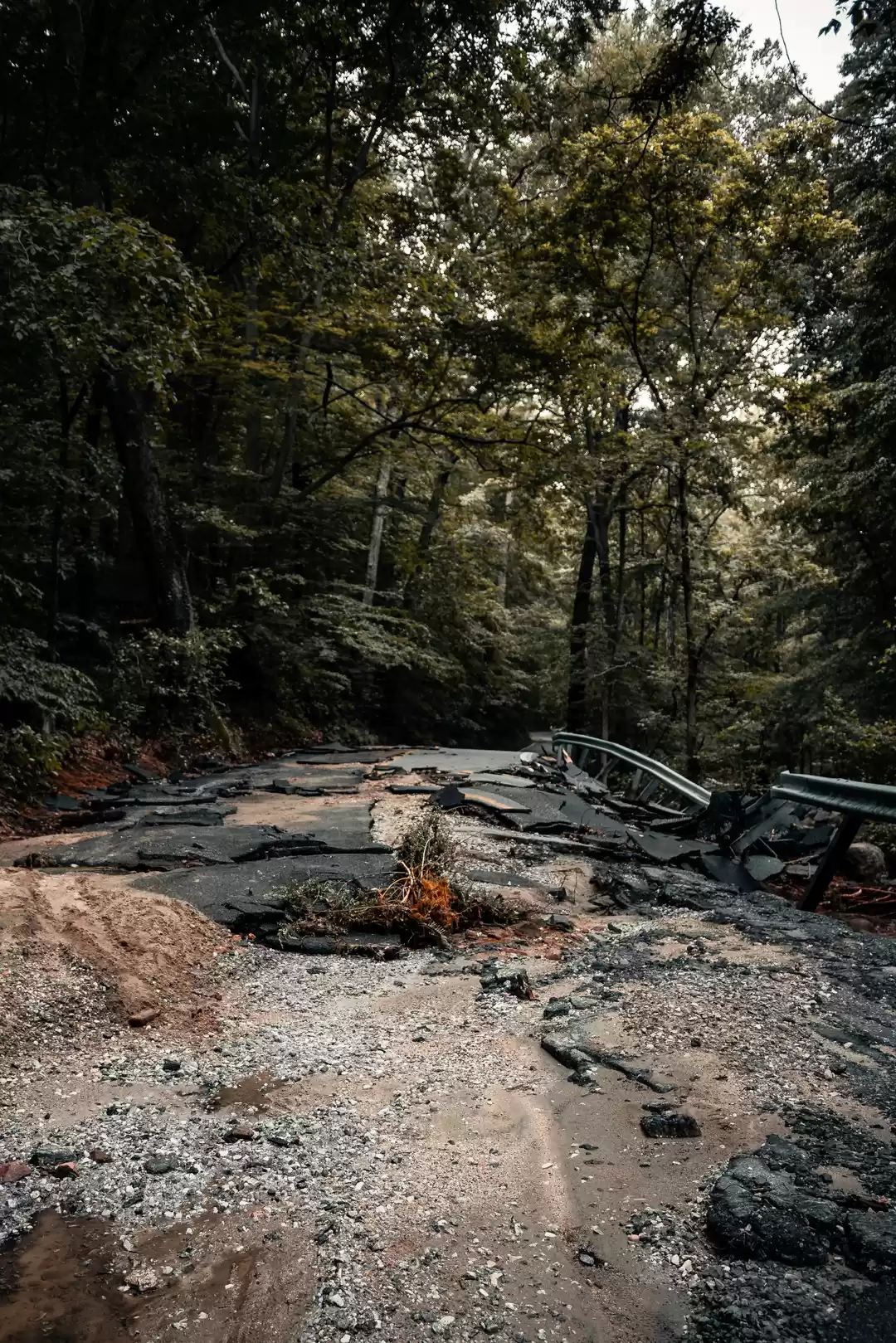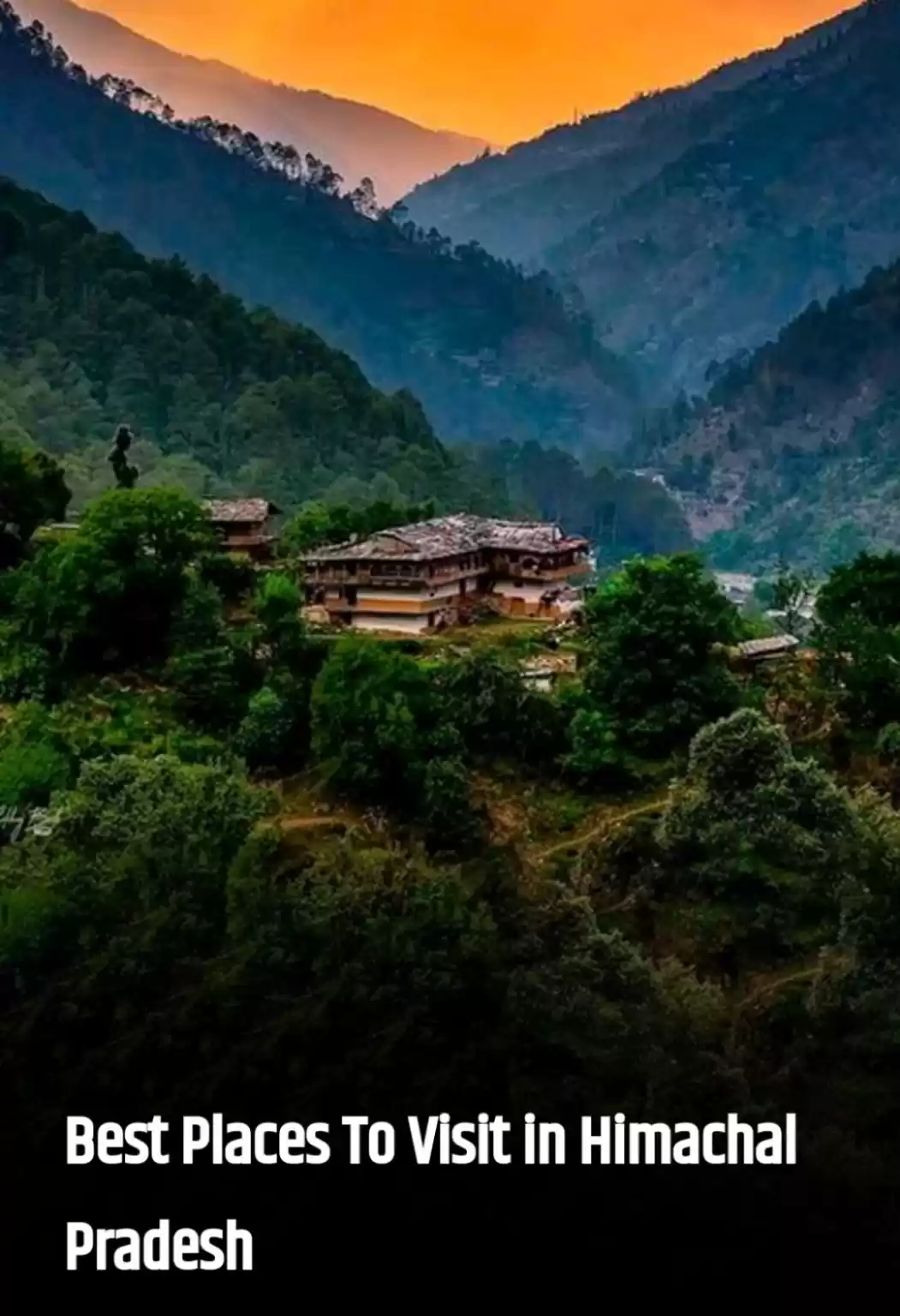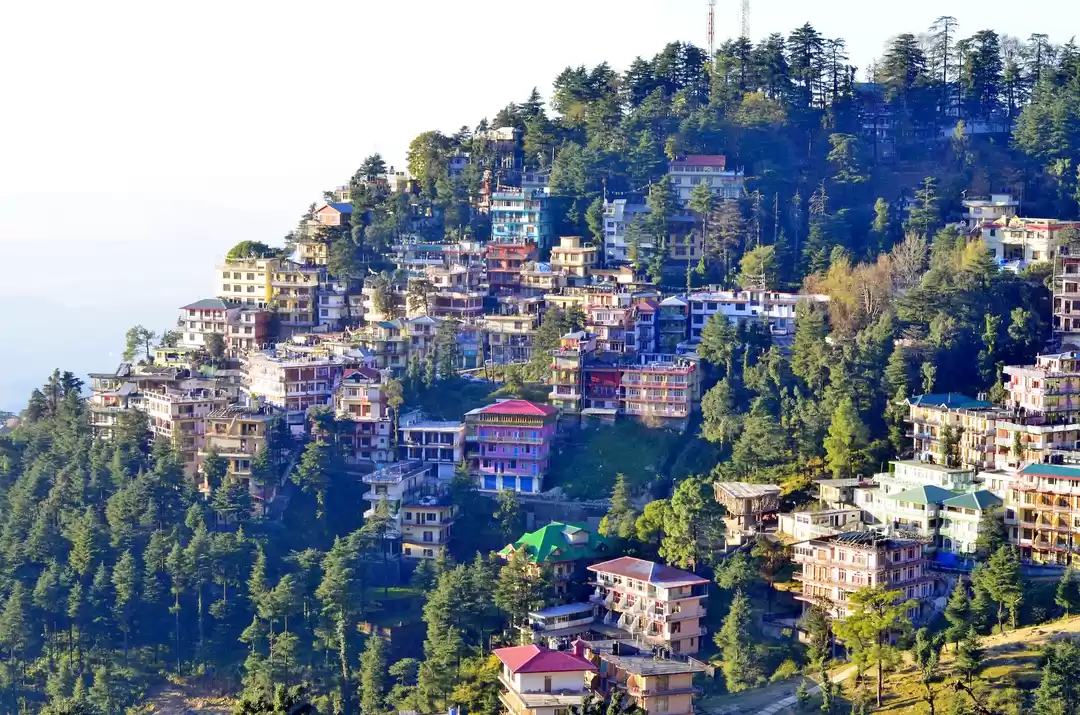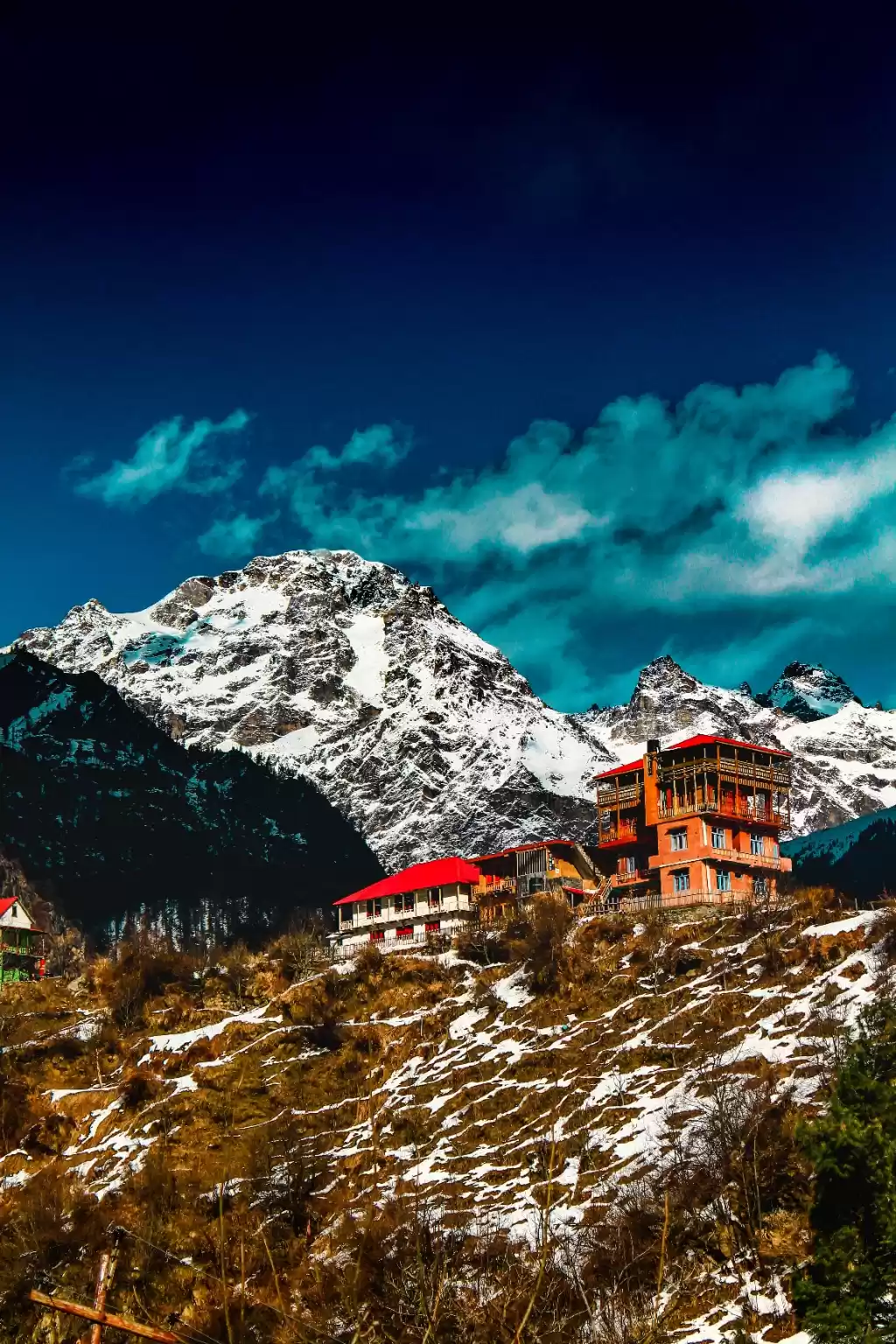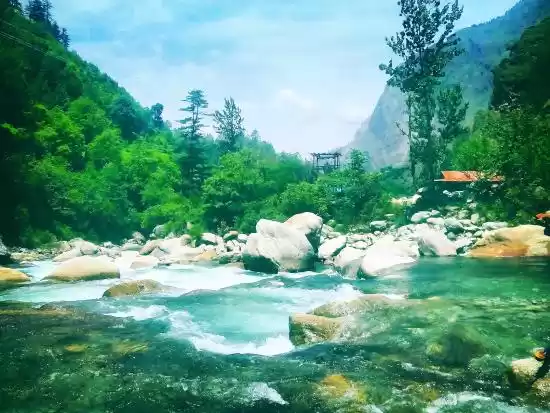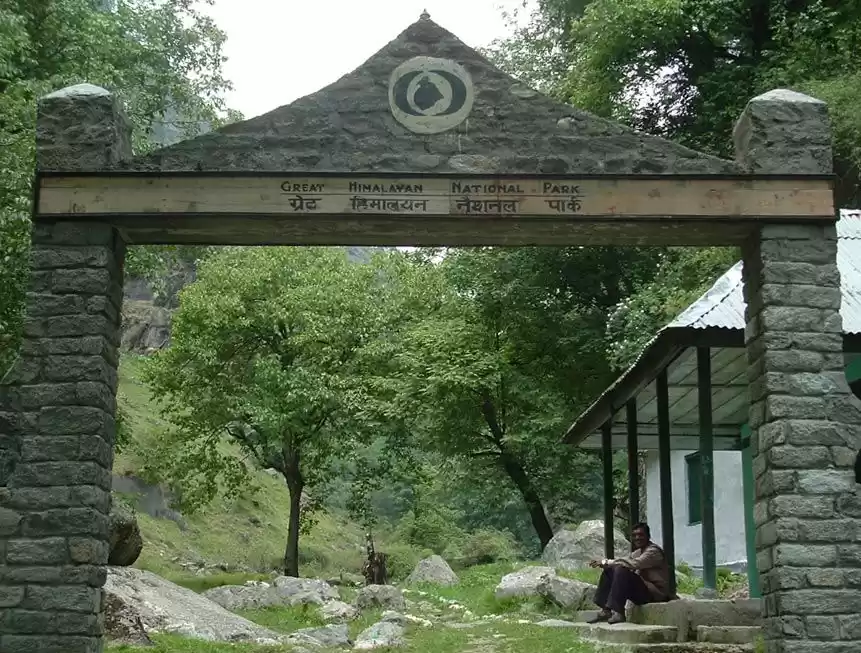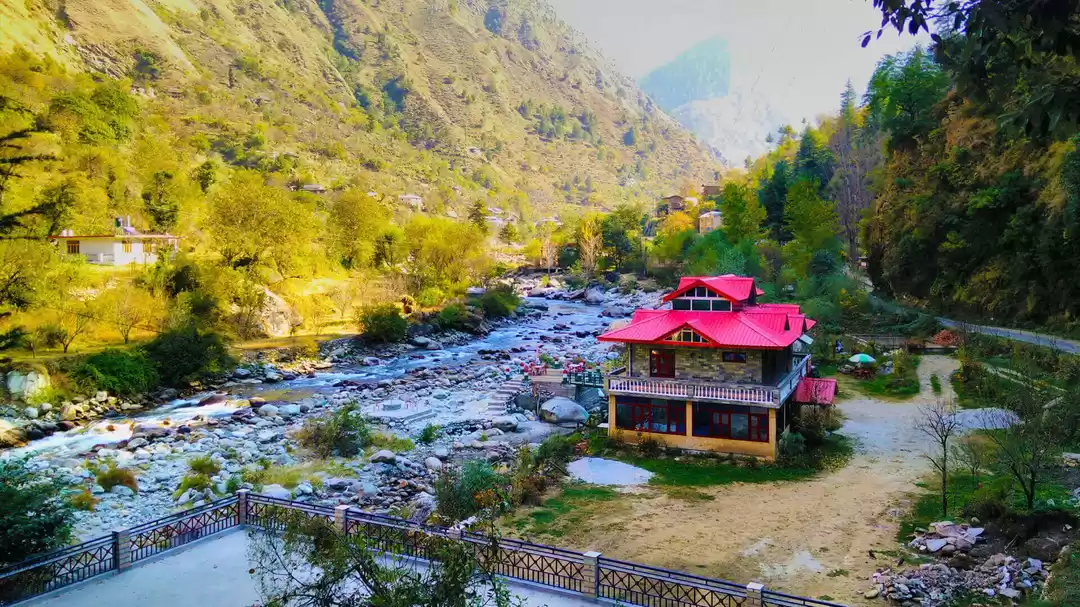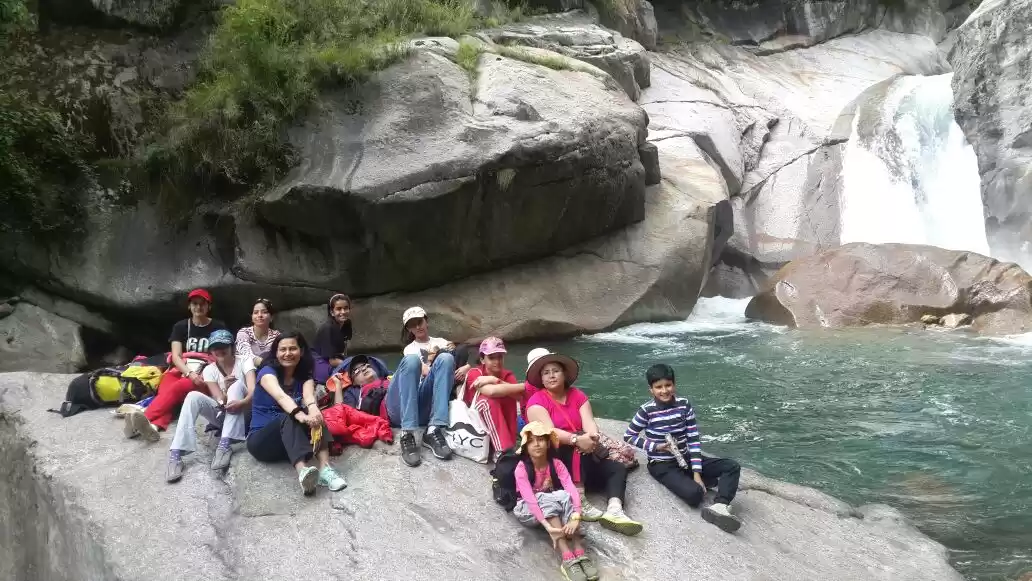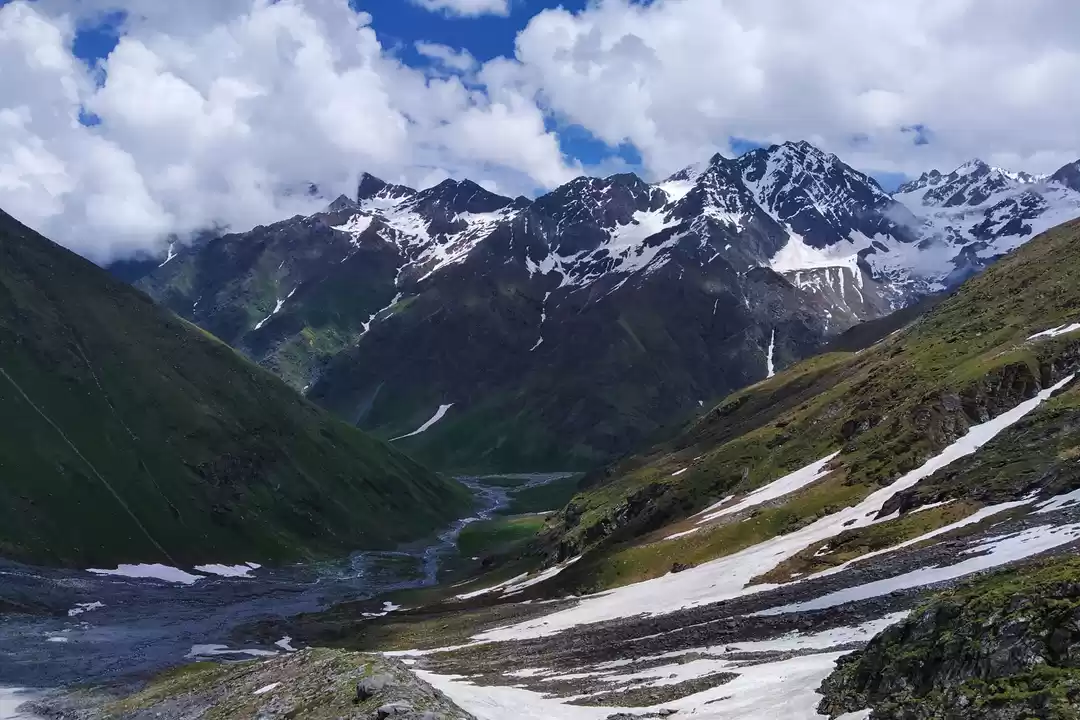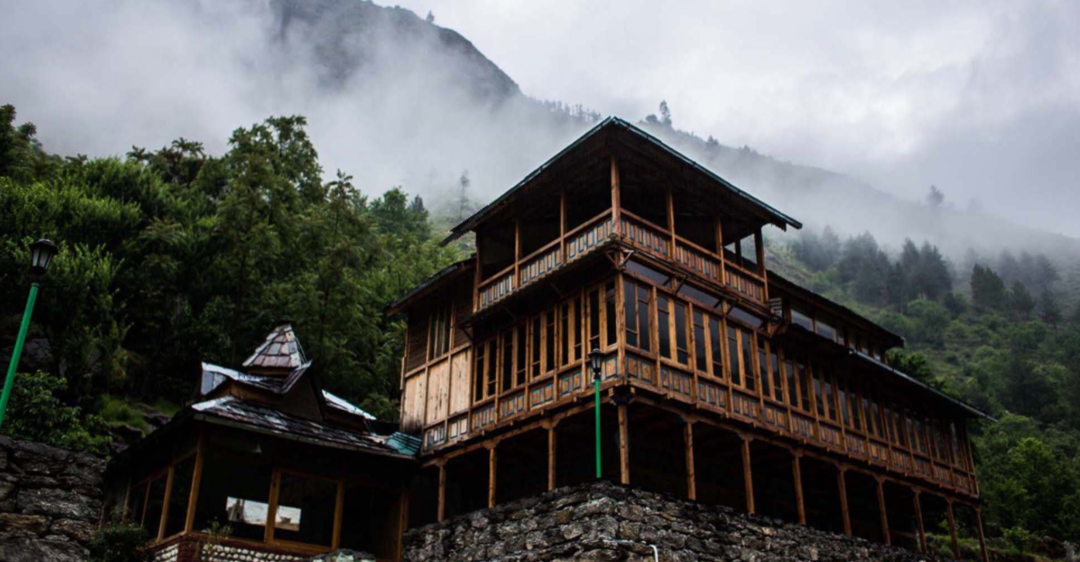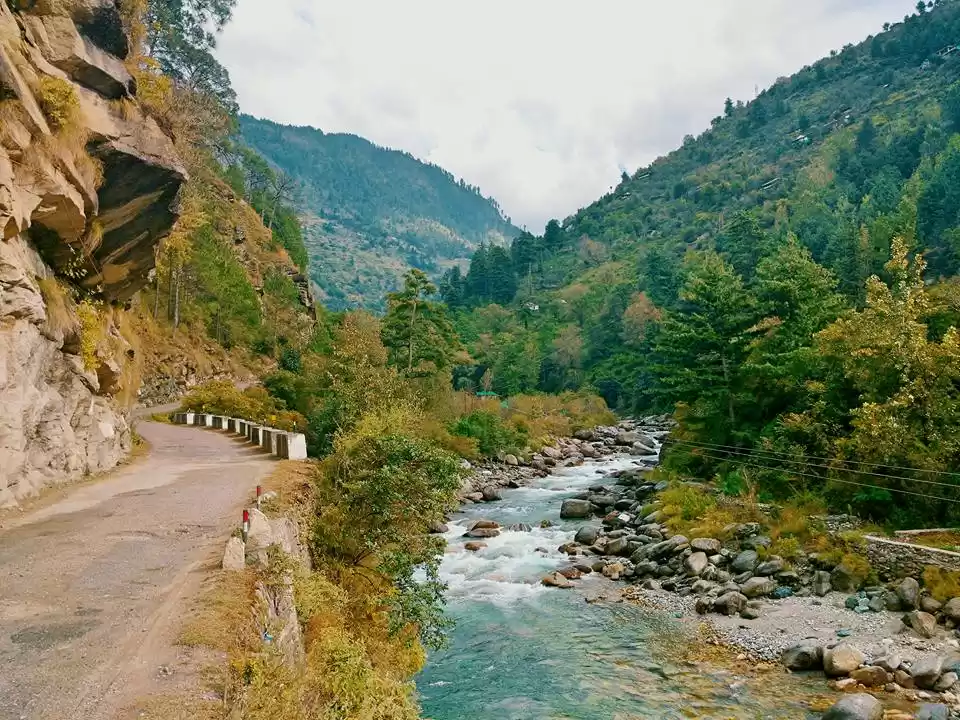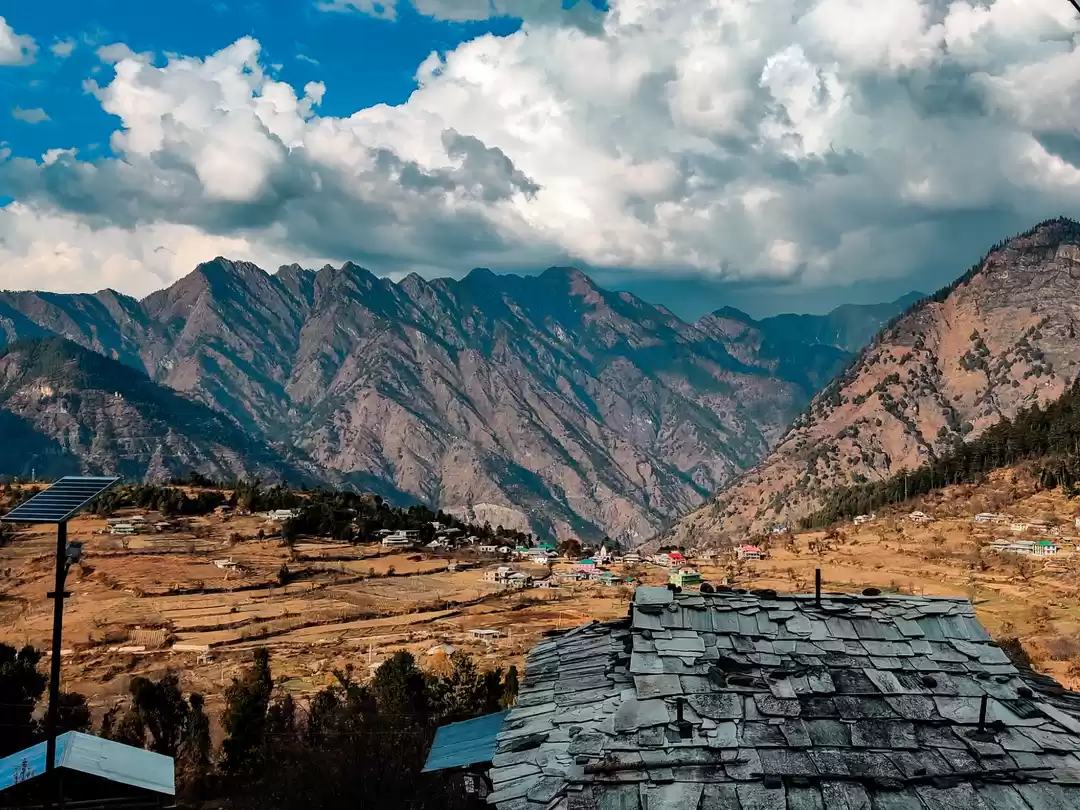




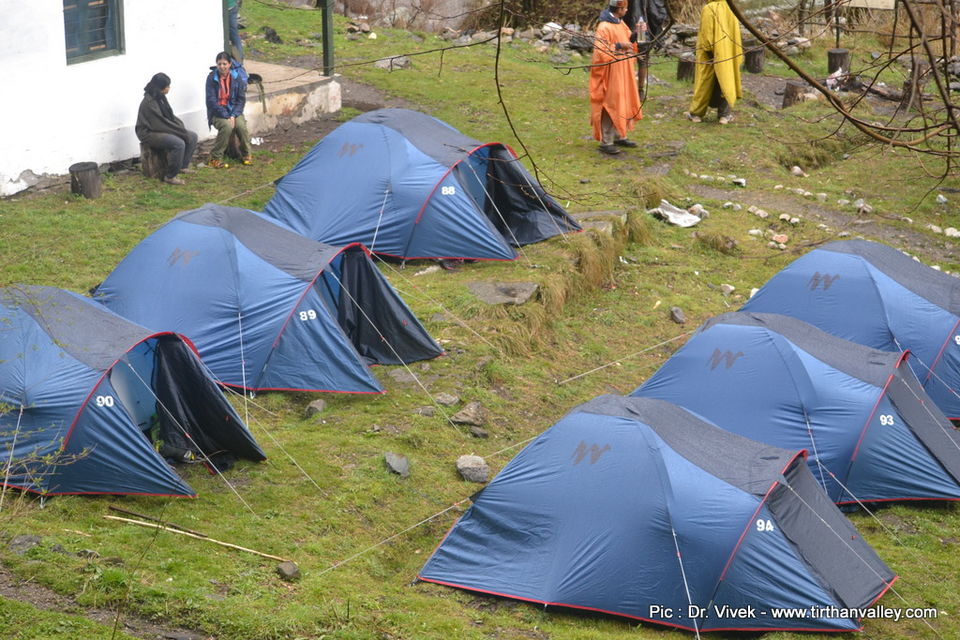
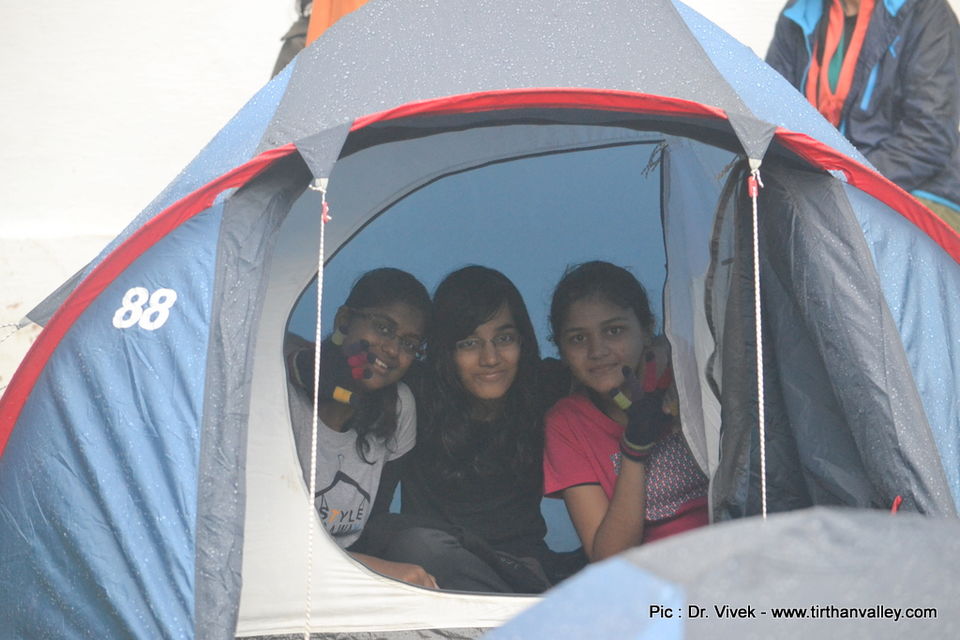
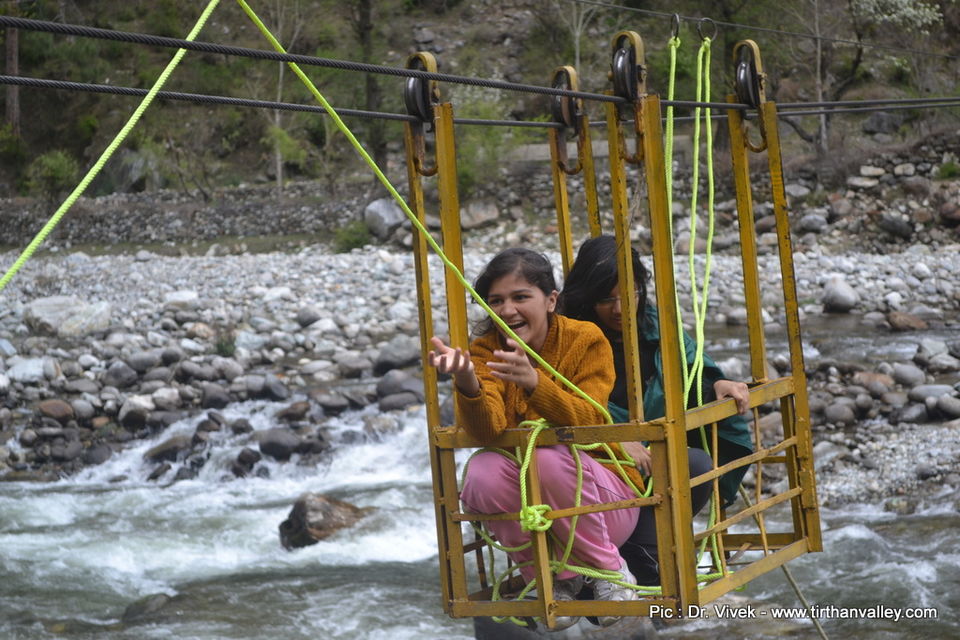
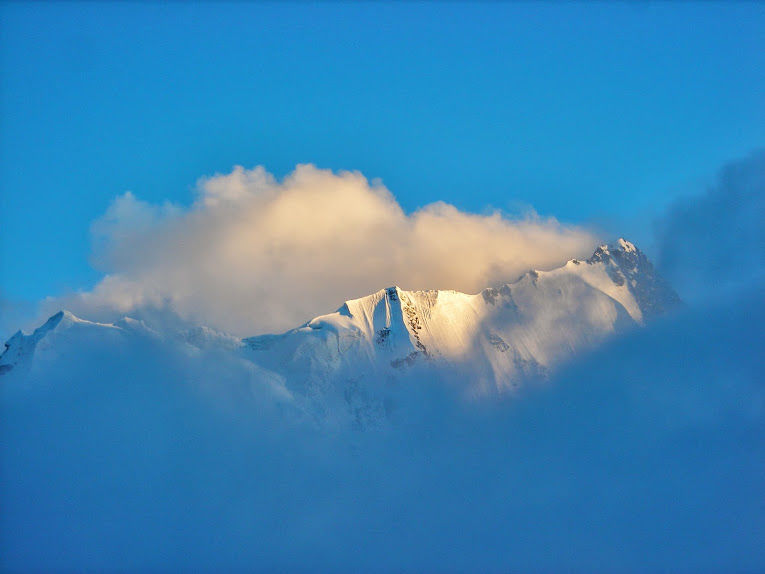
This program is one of the classic programs of the Great Himalayan National Park- A UNESCO World Heritage Site run by Sunshine Himalayan Adventures ( www.sunshineadventure.com) ! The Great Himalayan National Park is undoubtedly the most pristine mountain landscape in the Western Himalayas…and perhaps the planet. From the Andes to Nepal and Tibet, to the mountains of Eastern Europe and Western China – the pressures of a growing human population have left the landscape – even so-called ‘national parks’ – overgrazed, denuded of timber, devoid of wildlife. Ironically, here in India, home to over a billion people, it is still possible to find vast virgin forests and endless fields of wildflowers and ranges of unnamed, UN-climbed summits- Ankit Sood ( 9418102083)

Born at the turn of the millennium, The Great Himalayan National Park (GHNP) is one of India’s newest national parks, situated in a remote corner of the Kullu District of Himachal Pradesh. Amongst many valleys that Kullu has, the GHNP consists of the pristine parts of the Tirthan, Sainj, Jiwanal and Parvati valleys named after the four rivers that originate in the park. Spread in an area of over 754 square kilometers, the GHNP sits beside the Pin Valley National Park, Rupi-Bhaba Wildlife Sanctuary and the Tirthan and Sainj Wildlife Sanctuaries, making it one of the biggest areas for wildlife conservation in the whole Himalayan range. This jewel in the crown of the Himalayas consists of luxuriant oak forests, flaming rhododendron trees, crystal clear sparkling rivers, jagged virgin peaks and some of the rarest of animals, birds & medicinal herbs found nowhere else in the whole world.

Its home to about 215 species of birds with pheasants like the Western Tragopan, Cheer, Monal, Koklash and Kaleej along with other birds like the white throated tit & the Lammergeyer. GHNP is home to the elusive snow leopard along with other mammals like the Himalayan brown & black bears, Common Leopard, blue sheep, musk and barking deer, ghoral , serrow & the omnipresent red fox. It’s also a repository of rare medicinal herb like Jatamansi, Kadoo, Patish and the recently found Nag Chatri along with hundreds more which continue to be the main source of income for local population. However conscious efforts are being made by park authorities to minimize human impact and provide alternative income generation methods to locals, such as ecotourism. -

Activities: Camping, Rock Climbing, Rappelling, Trekking, Bonfires, RiverCrossing, Fishing demonstration, Wildlife , Bird watching and what have you!
Day 00 :
Start from Delhi in an overnight volvo bus from ISBT/ CP . This journey is a 12 hour overnight journey in the air conditioned Semi sleeper volvo buses which are extremely comfortable. You can book your buses online from www.redbus.in or www.hptdc.nic.in . There are plenty of companies offering their services . Starting at 5:30 in the evening from Delhi these bring you to Aut ( Tunnel ) in the morning hours around 6 AM from where the cab will pick one up and bring them to Tirthan Valley ( www.tirthanvalley.com) , the entry point of the Great Himalayan National Park ! Overnight Volvo Bus
Day 01
Tirthan Valley Rest Day : Morning transfer from Highway to homestay. Freshen up. Have Breakfast . Tirthan Valley Exploration : Birding walk to Waterfall , Flying Fox Adventure, Sai Ropa trail and Evening Documentary on GHNP with bonfire dinner. Extreme adventure would involve Rappelling / River crossing We will also meet women’s group just to get an idea about the local lives of the village people. overnight ( o/n) Khem Bharti Homestay - www.tirthanvalley.com
Day 02
Tirthan Valley ( Goshaini) to the Gate at Kharongcha : Early breakfast: Today we start the trek into the GHNP. The guest would be required to take their day bags and water along with their packed lunch. Proceed by vehicles to Goshaini (1500 m), 9 km easy walk to Rolla (2100 m). Packed Lunch served with hot tea at the entrance of the national park where one would sit by the Tirthan river. Overnight camping in tents at Rolla. Bonfire Dinner
Day 03
Kharongcha to Shilt Thach and back to Rolla
This is an 8 km strenuous trek uphill to Shilt Thatch which takes us through an amazingly thick jungle full of monals, deers and wild animals. This is a uphill day through a very thick forest full of Monal Pheasant. (A large plump pheasant with a loud, ringing call. Males are mainly iridescent blue, green on the mantle and rufous on the neck, with a white patch on the lower back and an orange tail). It is a prominent bird and was the state bird of Himachal and often seen by the tourists and trekkers.). After having packed lunch at Shilt we would come down to the rolla campsite of the GHNP !
Note : For people who dont want to trek they can rest to explore surrounding and bird watching around Rolla camp. This forest is home to the endangered king of the birds “the Western Tragopan. (In the villages close to GHNP, the local name of Western Tragopan is Jujurana (Juju means bird and rana means king) i.e. the king of the birds. There is a local legend that the Lord created this pheasant and all the birds in the universe donated a feather each to give it color and unparalleled beauty. The male is one of the world's most spectacular birds: black on the head, a deep crimson on face and mantle and orange on breast, the black belly and dark wings are spangled with star-like white specks. The female is dull brown. Though rare, with luck we might see them.
Day 04
Rolla- Gushaini – Sai Ropa : Today we trek back for a well deserved bath and rest at the Sai Ropa Guest house or the homestay from where we left. Evening would be spent giving a presentation on what was seen during the trek. o/n Sai Ropa/ Tirthan Valley Homestay.
Day 05
Goshaini to Jalori Pass & Banjar Valley
Morning Departure to Jalori Pass and a small nature walk to Raghavpur Fort to have the view of the Himalayas. Have hot lunch at jalori Pass or on way back at Jibhi Pack and leave for Aut to catch an overnight Bus to Delhi.
Day 06
Morning Arrival Delhi around 7 AM.
The cost of Rs 2500 per day per head is subject to group size being a minimum of six persons. For more details you can contact Panki Sood @ 9418204666 or email sunhimalaya@gmail.com !
Fauna and flora facts:
Snow Leopard – The highest predator in the GHNP faunal diversity it is also the most elusive. With a population of only 300-500 individuals in the whole world, one has to trek for days in the GHNP before sighting this master of camouflage, a cat which does not even roar.
Himalayan Brown Bear: Believed to be the source of the legend of the Yeti, the Himalayan Brown Bear has good sighting rates in the GHNP. Hibernating from October to March, this sub species of the brown bear is one of the least documented on the planet.
Western Tragopan: It is called Juju Rana, (king of birds) for its magnificent plumage and is only found in this and one other national park in Pakistan. The calls of the Western Tragopan, also the logo of the Great Himalayan National Park, are often heard reverberating on the slopes of the park in the early morning.
Monal: Voted as one of three most beautiful birds on the planet, the Himalayan Monal uses a variety of mating calls and is commonly sighted in the GHNP. Its crest traditionally used to embellish Kullu attire, almost led to its extinction due to mass poaching in the valley.
Jatamansi: Known for its mystery, magic, sex appeal and medicinal promise, this herb is found in plenty in the GHNP provided you know where to look for it. GHNP offers medicinal pilgrimage treks with experts in the know for generations.
Frequent searches leading to this page:-
great himalayan national park trek, himalayan national park trek













